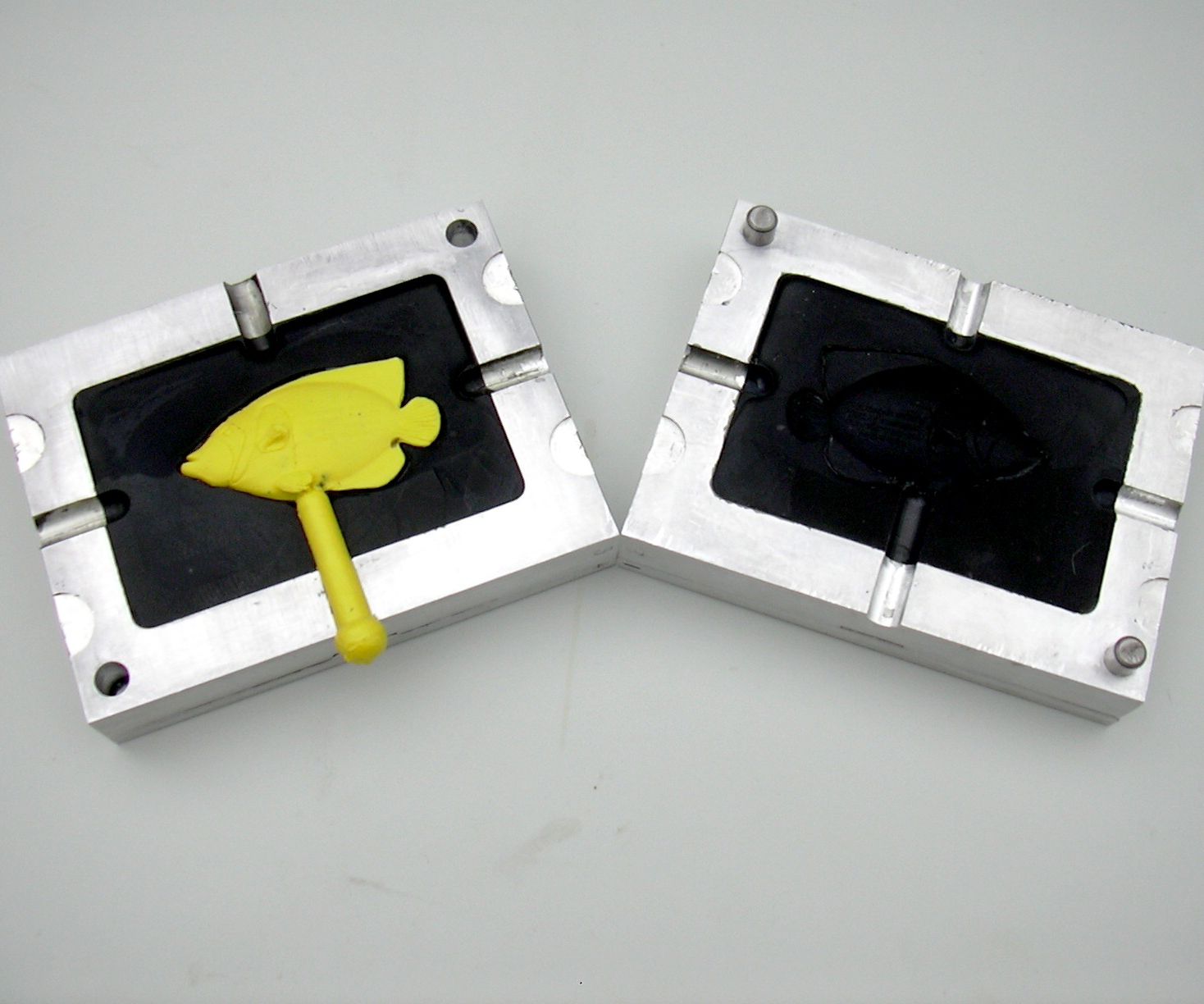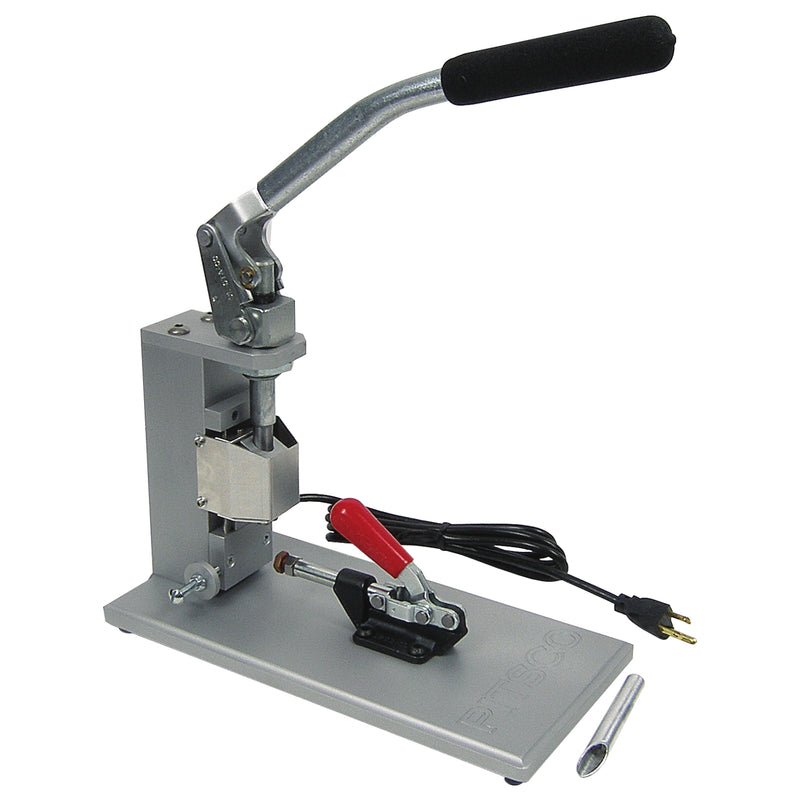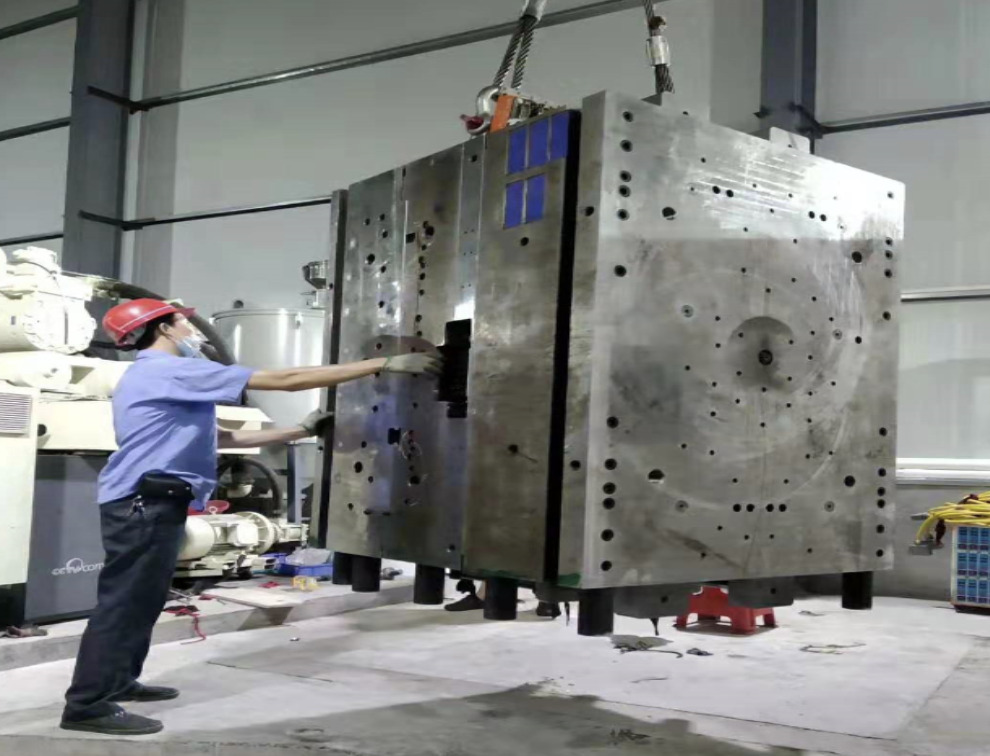Checking out the Future of Plastic Injection Molding in the Manufacturing Industry
Checking out the Future of Plastic Injection Molding in the Manufacturing Industry
Blog Article
The Future of Plastic Injection Molding: Innovations and trends to View
As the plastic injection molding sector progresses, a number of key fads are arising that guarantee to reshape its landscape. Automation and clever manufacturing techniques are established to improve productivity, while the change towards sustainable products shows an expanding ecological consciousness.
Automation and Smart Production
As the plastic injection molding industry progresses, automation and wise production are taking center phase, transforming manufacturing processes - Plastic Injection Molding. The integration of innovative technologies such as robotics, IoT (Net of Things), and artificial knowledge is enabling suppliers to boost effectiveness, minimize functional expenses, and boost item top quality. Automated systems streamline operations, lessening hand-operated intervention and raising throughput, which is crucial in fulfilling the increasing need for rapid manufacturing cycles
Smart manufacturing innovations facilitate real-time tracking and information analysis, allowing firms to optimize maker performance and anticipate upkeep needs. This positive strategy not only reduces downtime yet also extends the life expectancy of tools. Furthermore, the usage of joint robotics, or cobots, enhances the versatility of assembly line, making it possible for workers and devices to run side by side safely and effectively.
The fostering of automation in plastic injection molding is not merely a trend but a tactical critical for businesses aiming to remain competitive in a global market. By harnessing these technologies, producers can achieve higher precision, reduce waste, and adjust promptly to transforming consumer needs, placing themselves for sustainable growth in an increasingly automated future.
Lasting Products and Practices
The press towards automation and smart manufacturing has actually led the way for a higher emphasis on sustainable products and techniques within the plastic injection molding industry. Companies are significantly looking for environment-friendly options to conventional petroleum-based plastics, leading to the fostering of recycled and bio-based materials. These sustainable products not only reduce ecological effect however also straighten with consumer demand for greener items.

In addition, cooperation in between makers, material distributors, and ecological organizations is promoting advancement in the growth of lasting products that satisfy performance requirements without jeopardizing high quality. As policies around plastic usage become more stringent, the sector is positioned to adjust by accepting these sustainable methods, guaranteeing long-lasting practicality and reducing reliance on non-renewable sources. The combination of sustainability into plastic injection molding is not merely a fad; it is ending up being a necessary element of corporate responsibility and functional excellence.
Advancements in 3D Printing
Recent innovations in 3D printing modern technology are substantially transforming the landscape of plastic shot molding. The assimilation of additive manufacturing processes permits the fast prototyping of complex geometries that were as soon as difficult or difficult to accomplish through typical techniques - Plastic Injection Molding. This ability not only speeds up item advancement cycles yet likewise lowers material waste, straightening with the growing need for sustainable production techniques
Furthermore, the appearance of hybrid production techniques, which integrate 3D printing and shot molding, offers makers the ability to produce detailed designs while preserving the performance of mass production. This technique makes it possible for the production of personalized components customized to particular client needs without sacrificing the speed and scalability that injection molding gives.
Additionally, developments in products, such as high-performance polymers and compounds especially designed for 3D printing, are improving the practical capacities of published components. These materials can endure higher stress and anxiety and show improved thermal homes, making them ideal for even more requiring applications.
As 3D printing remains to evolve, its integration into plastic injection molding processes promises to enhance productivity, decrease expenses, and foster development in product style, positioning producers to better meet the difficulties of a competitive market.
Data Analytics and IoT Assimilation
Information analytics and the assimilation official statement of the Web of Points (IoT) are reinventing plastic injection molding by offering producers with unprecedented insights into their procedures. By leveraging real-time data accumulated from interconnected devices and sensing units, producers can keep an eye on efficiency metrics, recognize ineffectiveness, and enhance production procedures. This data-driven strategy promotes predictive maintenance, reducing downtime and expanding devices life expectancy.
Furthermore, IoT assimilation enables improved quality assurance. By continually tracking variables such as cycle, temperature level, and stress times, manufacturers can promptly discover discrepancies from developed specifications and make adjustments in actual time. This not only boosts product uniformity however also minimizes waste and scrap rates.
The blend of data analytics and IoT modern technologies likewise encourages producers to take on more dexterous production approaches. With access to detailed data analytics, companies see this site can react to market demands with better flexibility, changing manufacturing routines and arrangements as needed. This versatility is essential in a quickly transforming manufacturing landscape.

Customization and Style Versatility
Exactly how can personalization and style versatility improve the competitiveness of plastic injection molding? In an increasingly diverse market, the ability to offer customized remedies is extremely important. Modification permits suppliers to fulfill certain client requirements, accommodating unique measurements, forms, and performances that common products may not accomplish. This adaptability not just promotes client commitment yet likewise opens methods for brand-new service opportunities across numerous markets, from automobile to durable goods.
Developments in design innovations, such as computer-aided design (CAD) and quick prototyping, further strengthen this pattern. These devices allow developers to create detailed patterns and complicated geometries, which can be flawlessly integrated right into the production process. Consequently, producers can react swiftly to altering customer preferences and market needs.
Moreover, the application of modular tooling systems boosts design versatility, enabling quicker changes in between various product styles without considerable downtime. This adaptability can result in lowered lead times and lower manufacturing prices, making companies much more competitive and nimble. Eventually, accepting personalization and layout flexibility in plastic injection molding not just elevates product offerings however likewise reinforces market positioning in an ever-evolving landscape.
Conclusion
The future of plastic injection molding is defined by substantial advancements in automation, sustainable practices, try here and ingenious materials. The combination of IoT and information analytics will certainly boost functional performance and anticipating upkeep. Furthermore, the adoption of bio-based and recycled materials, alongside progress in 3D printing, will foster sustainability within the industry. Customization through modular tooling and rapid prototyping will make it possible for manufacturers to remain affordable and receptive to the dynamic demands of the marketplace.

The future of plastic shot molding is identified by significant developments in automation, lasting techniques, and cutting-edge products.
Report this page